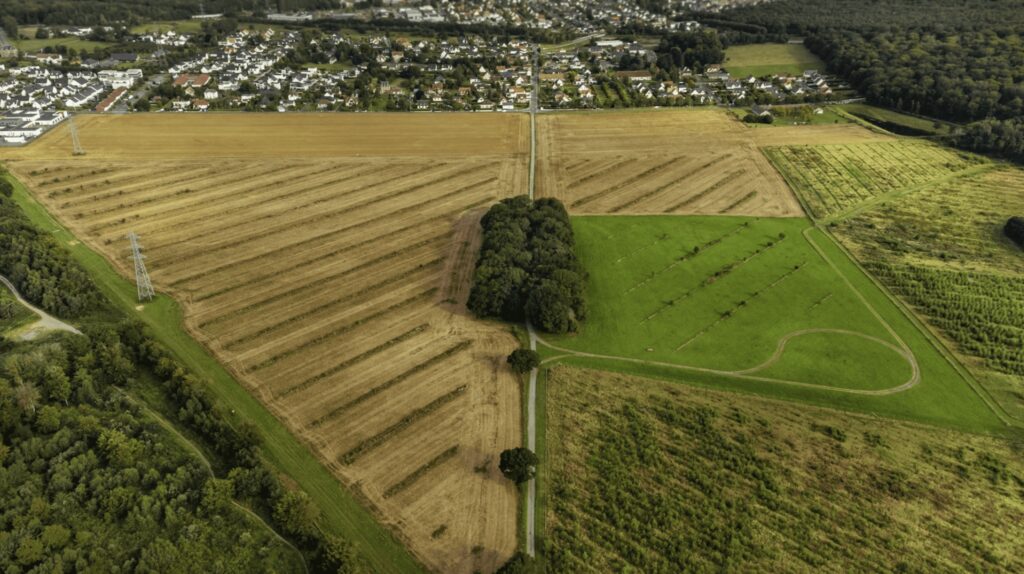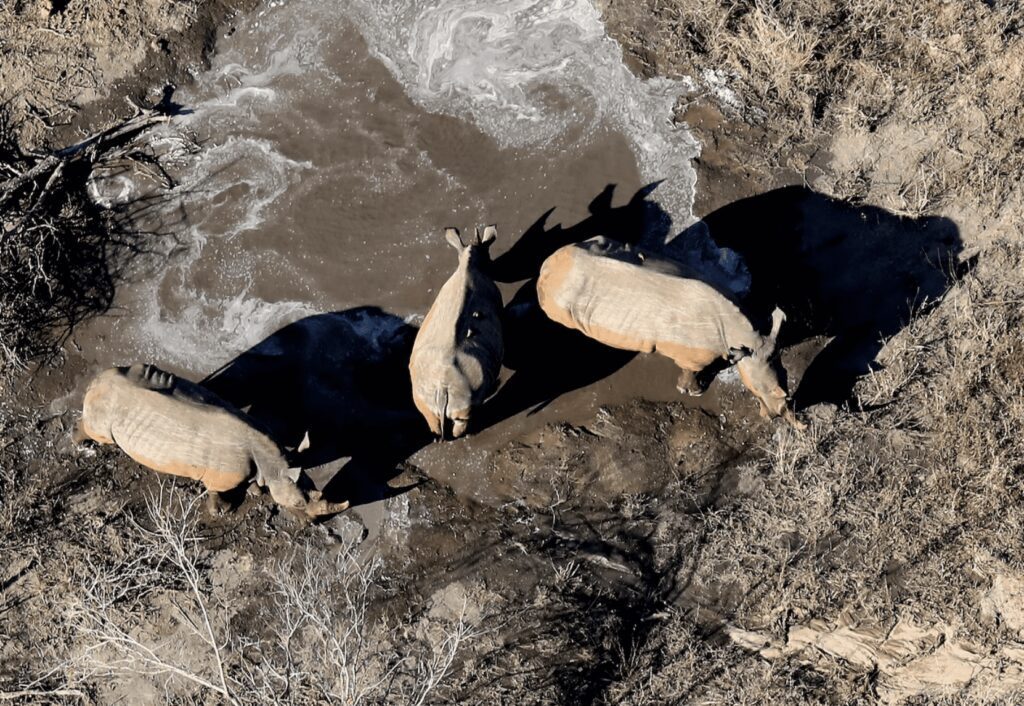Is my drone business eligible to claim R&D Tax Credits?
Although drones have been around for decades, there has been a surge in how many businesses are now finding valuable use cases to improve and power their business operations. In short, from science to surveying and surveillance. They have even expanded for use in agricultural, real estate businesses, medical purposes, missions, research, and science. In fact, NASA and Qualcomm Technologies, for the first time, sent a small helicopter drone named Ingenuity, to Mars. The aim was to prove the effectiveness of aerial exploration for future interplanetary missions.
In this article, we will look at:
- The different benefits of drones across multiple industries.
- How they are changing the business world from a unique perspective.
- Various drone use cases.
- Eligible R&D drone activities to claim tax credits.
The different benefits of drones
Increases productivity
In some cases, drones can do tasks better and faster than most employees can, meaning that employees also have more time for other tasks. For example, drones can be used for mapping and surveillance or broadcasting fertilizer over the farm. As a result, this saves both human time and resources. With this in mind, it can be redistributed toward planning crop rotation and strategies for increasing crop yields.
Automation
One of the benefits of drones is allowing you to cover larger areas quickly that would otherwise be tricky, hazardous, or time-consuming to cover. With developments in battery technology, drones can now stay in the air longer. In essence, this allows for more operational efficiency and flexibility with payload and missions.
Comparatively, helicopters require a fully trained pilot. On the other hand, the battery life is not that long, and if they are more so than the average drone, they are very expensive.
Convenience
Furthermore, it is clear to say that drones are more convenient and becoming more so. With home deliveries, drones will be able to beat traffic and have no need for a car or a driver. Aided by continuous development of battery technology and more precise GPS software systems.
Economic Impact
The drone industry is estimated to create 100,000 jobs by 2025. This includes pilots, maintenance, and making sure operations are running smoothly.
Media and Film Production
Drones continue to change the way videos and films and produced. Not only do they come at a lower cost than high-end cameras, but they are also able to capture images from more angles. Therefore, this also allows for flexibility and versatility with scenes; when mistakes happen, they are more cost-effective.
Drone use cases
Agricultural Application
As previously mentioned, in agriculture drones offer farmers affordable and effective methods to monitor their crops. The drones equipped with infrared sensors are especially helpful in monitoring crop health. Thereupon giving farmers faster and more reliable information to take precautionary measures to improve and protect crop conditions.
Terrain Mapping
Furthermore, scientists and researchers are using drones fitted with LIDAR sensors and 3D cameras for terrain mapping by capturing 3D imagery of terrains. The drone can either store recordings onboard or send live images/videos to the ground stations for further processing. It is especially useful to create powerful and precise Digital Elevation Models (DEM) of terrains. This is used in a variety of scientific research, including remote sensing and GIS.

Geographic Locations
Likewise, professional and government agencies use drone technology to access high-definition imagery of locations. In short, this includes islands, coastlines, rugged mountains, and inaccessible mountaintops. Modern drones can carry various imagery sensors. Henceforth, may even be used to create 3D maps of geographic locations or contribute toward crowd-sourced mapping.
Search and Rescue
Thermal sensors enable drones to become potent tools for nighttime surveillance. Drones can be used to track lost persons across mountains, forests, and rugged terrains. Many modern drones are capable of operating in harsh conditions, as well, making them effective search and rescue tools. In addition, drones can be loaded with GPS locators, food supplies, medicines, and other essential supplies. Therefore, drones can help stuck people survive until help arrives.
Livestock Management
Drones are now being used for livestock management. The AI-powered drones can be pre-programmed to monitor and track livestock in the fields. In addition, thermal sensors equipped with drones are also used for nighttime surveillance of livestock and identification of any issues in real-time.

Wildlife Monitoring
Similarly, In Africa, drones have been used as a deterrent to poachers. Furthermore, scientists track endangered animals, as well as study their behavior and habitat.
Solar Panel Inspection
Furthermore, Solar energy has become an important renewable sector with significant growth and development in recent years. Countries across the world have developed massive solar energy parks to generate clean and renewable energy. In essence, AI drone solar panel inspection equipped with image detectors and multiple sensors offers consistent, reliable, and affordable technology. Granted, this inspects the solar panels and identifies any potential issues that may compromise the efficiency of the solar parks. As a result, AI drones not only offer a great solution for monitoring solar parks. However, in comparison to manual checking, they are also much more affordable and reliable.
Shipping & Delivery
Shipping and delivery have been taken up by some of the biggest names in the tech industry, including; DHL and Amazon. The technology enables delivery companies to fasten their delivery system and offer faster and better services to customers by taking to the skies. Amazon is pushing the boundaries with drone technology. In short, by integrating the AI positioning system to deliver same-day parcels to customers.
Weather Forecast
Additionally, weather and climate agencies across the world are utilising drones to monitor and track hazardous weather patterns. This includes low-pressure systems, hurricanes, and other weather events. Altogether, to receive first-hand information about the behavior, magnitude, and trajectory of the event and disseminate it to the local people.
Law Enforcement
Drones are used by law enforcement agencies to maintain law and order situations. This becomes crucial during protests. Because the technology enables law enforcement agencies to consistently and closely monitor the protest and spot any unlawful event before it spirals out of control. Similarly, border management agencies also use drones to track smugglers and the illegal transportation of drugs.
Entertainment
In the entertainment industry, Drones capture videos and footage for videos. The AI-powered drones enable vloggers and agencies’ unique ability to capture the landscape’s stunning beauty. Likewise, to make uniquely angled videos for entertainment purposes.
Military
Last but not least, drones in the military were the first user of drone technology, which was used to gather crucial enemy information from the battleground. Today, powerful drones fly thousands of miles above the sky. They are equipped with the most powerful imaging tools to gather complete information about the enemy’s military presence inside its territory. In addition, in America, drones fight in combat in dangerous and hostile situations. This ensures the safety of the troops while eliminating enemy targets remotely.
In summary
These are just some of the ways drones are changing the business world. In a few years, the drone industry will expand, becoming useful in almost every industry. This will be from farming to movie making to military missions and space research. Drones are becoming more popular, and they are taking over the tech world.
Claiming R&D tax with your drone business
If you or your business are researching and developing in any of the following areas, you may be eligible for claiming R&D tax credits, and we highly recommend you contact our team fast:
- Sensor fusion.
- Endurance.
- Path planning.
- Scheduling and task allocation.
- Communications.
- Cooperative tactics.
- Trajectory generation/motion planning.
- Trajectory regulation.
Get in touch
At FI Group we provide companies with additional options to traditional funding methods through our Non-Dilutive approach. If you and your company are in the process of innovative drone R&D projects, contact us here to find out how we can help. We look forward to speaking with you and guiding your business through the R&D process.